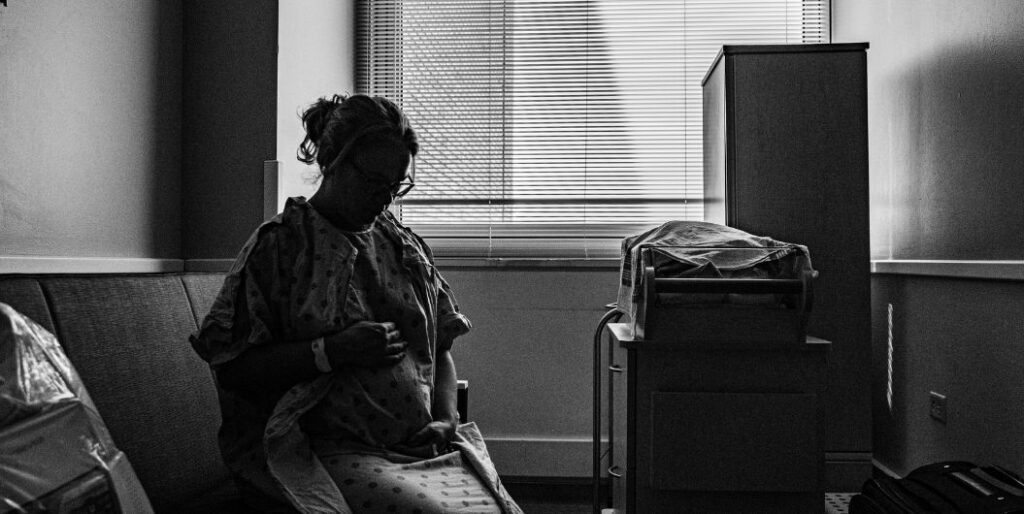Childbirth — Cesarean Delivery

Cesarean, or c-section, deliveries are on the rise, especially in the United States, with close to 30% of babies born in this manner. While a cesarean is usually an option for preexisting conditions or emergency situations, more women and doctors are making the controversial decision to opt for an elective cesarean delivery for other reasons. These may include the desire to “schedule” the birth of a baby, concerns for pelvic floor dysfunction (PFD) as a result of vaginal delivery, and extreme fear of vaginal delivery. It is important to educate yourself on the pros and cons of a c-section and discuss all your options with your doctor.

Planned Cesarean Delivery
Many women must have a c-section delivery due to many reasons, including:
- Baby may be too large to fit through pelvis
- Multiples
- Placenta Previa
- Baby’s position: breech, transverse lie
- Herpes outbreak in mother
- Previous c-section
- Heart disease, or any other condition where mother may not withstand rigors of vaginal delivery
When you plan a cesarean delivery, you get the benefit of choosing your baby’s birthday (subject of course to your doctor’s and hospital’s schedules). This can be beneficial if you have a spouse who travels a lot, family out of town, or a due date around the holidays. Plan ahead for a longer hospital stay and recovery than you would for a vaginal delivery. It’s also wise to make plans for who will help you take care of the baby, other children and household when you get home — a cesarean will require additional rest and recovery time.
Unplanned Cesarean Delivery
When unexpected complications arise, some women must deliver their baby via c-section. These complications may include:
- Baby or mother is in distress
- An induction that stalls out
